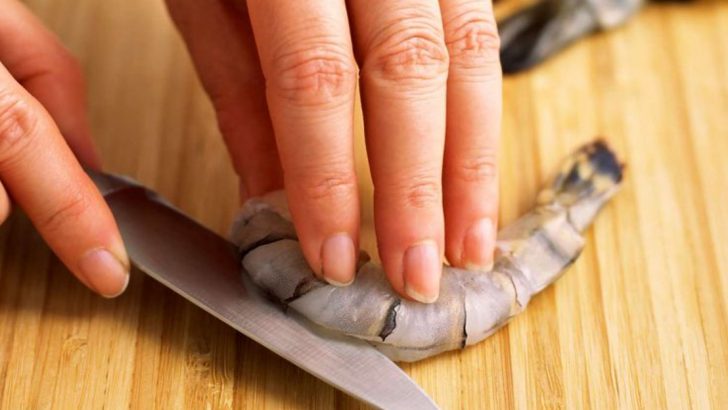Shrimp are the drama queens of seafood. One minute too long on the heat and they transform from succulent morsels to rubber erasers faster than you can say ‘cocktail sauce.’ These delicate crustaceans have a knack for exposing our culinary blind spots.
Ready to stop committing seafood crimes?
1. Skipping The Deveining Process
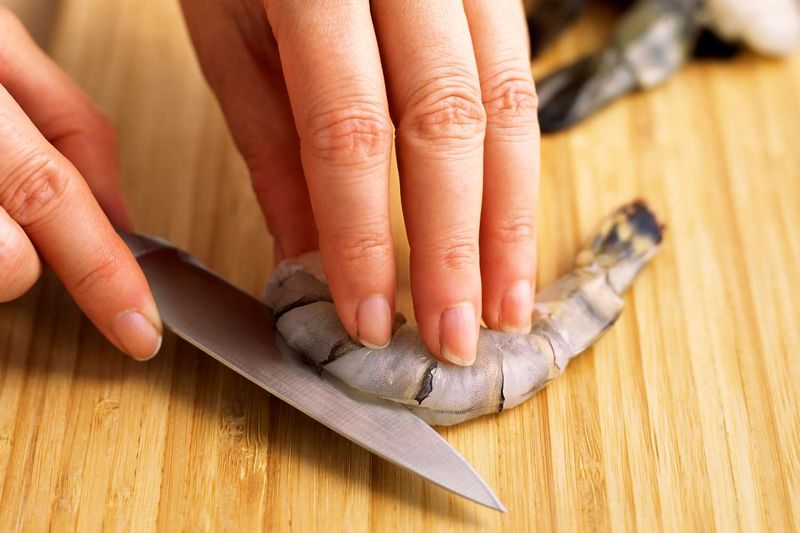
That dark line running down a shrimp’s back isn’t just unsightly—it’s literally shrimp poop! Many home cooks ignore this step, then wonder why their seafood tastes gritty.
A simple slit down the back with a small knife removes this digestive tract in seconds. Your dinner guests will silently thank you.
2. Overcooking Them To Rubber
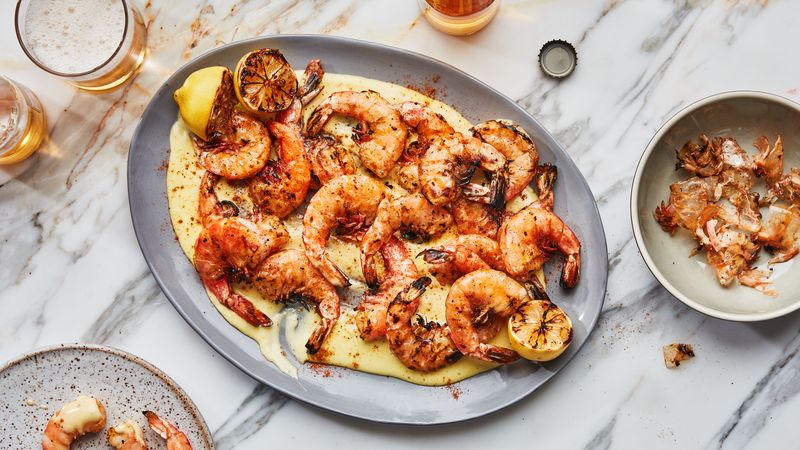
Holy seafood massacre! Shrimp cook in the blink of an eye—we’re talking 2-3 minutes tops. The moment they curl into tight C-shapes and turn opaque, they’re done.
Keep cooking and you’ll create bouncy balls that could ricochet off walls. Remember: they continue cooking after removing from heat.
3. Buying Pre-Peeled Versions
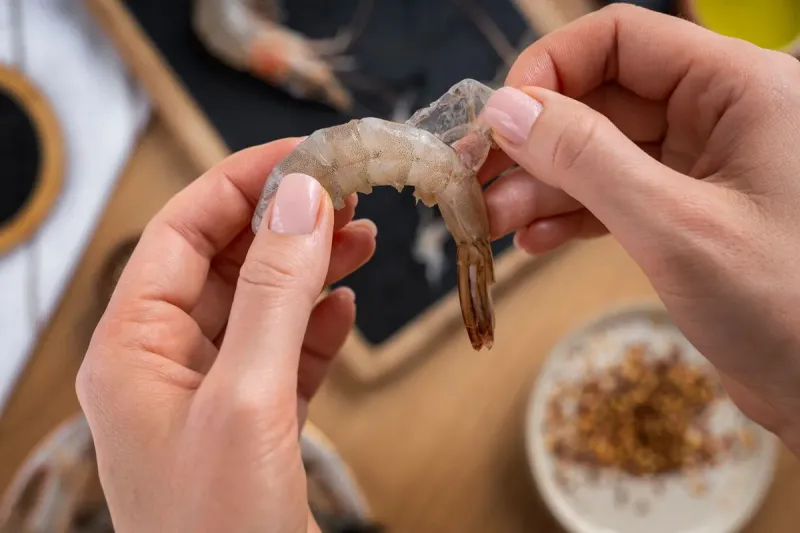
Convenience isn’t always king! Those neat packages of naked shrimp sacrifice major flavor. The shells contain magical taste compounds that infuse shrimp with their signature sweetness during cooking.
Plus, pre-peeled varieties often undergo chemical treatments to extend shelf life.
4. Forgetting To Pat Them Dry
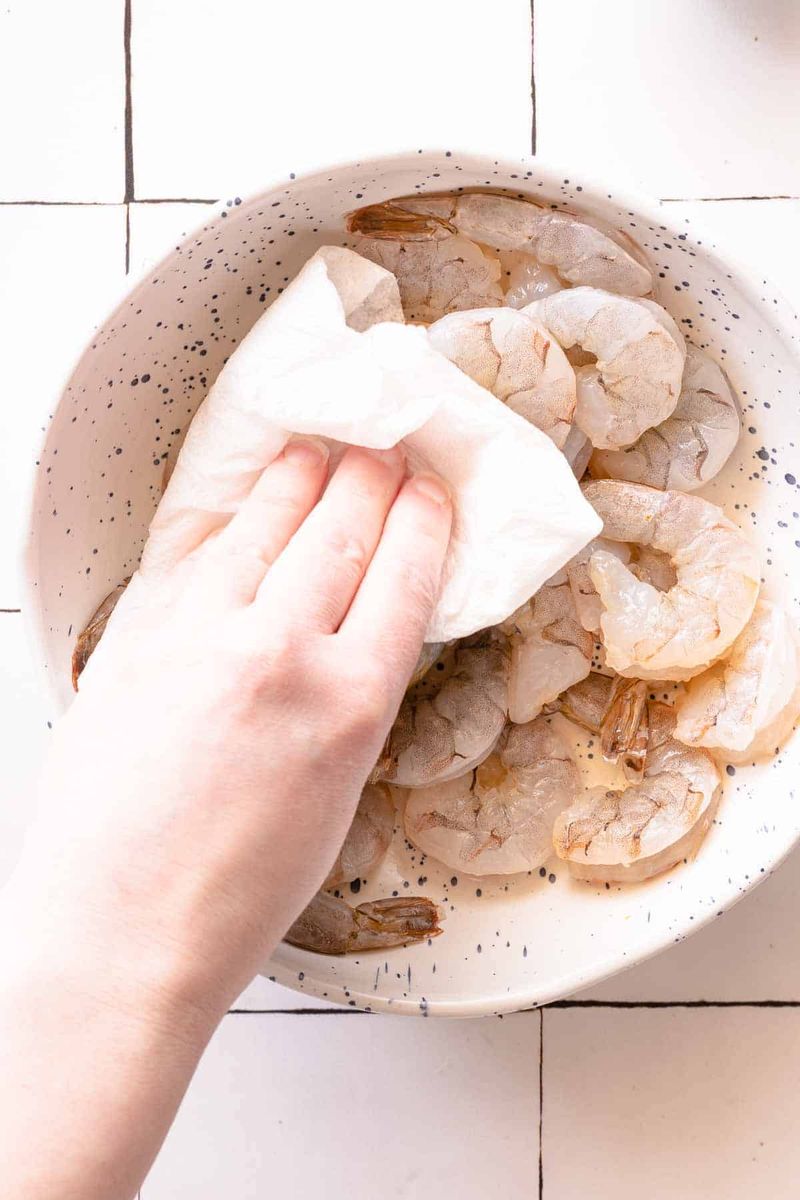
Throwing wet shrimp into hot oil is like cannonballing into a pool—chaotic splashing ensues! Excess moisture also prevents proper browning, robbing you of that delicious caramelization.
Take 30 seconds to blot those little sea creatures with paper towels before cooking.
5. Ignoring The Freezing Timeline
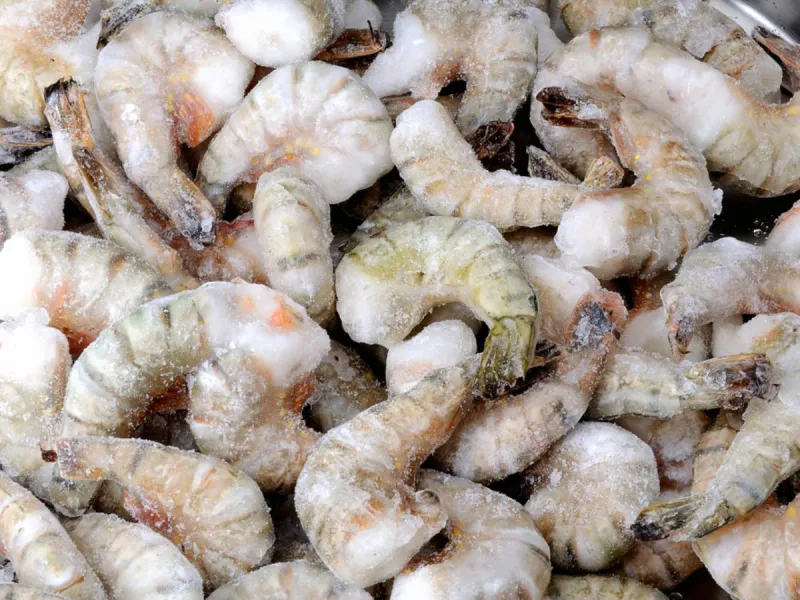
Newsflash: Unless you’re buying directly off the boat, those “fresh” shrimp at the seafood counter were previously frozen! Most shrimp are frozen right on fishing boats to preserve quality.
Don’t pay premium for thawed seafood that’s been sitting around. Grab frozen shrimp instead and thaw them yourself just before cooking.
6. Tossing The Shells And Heads
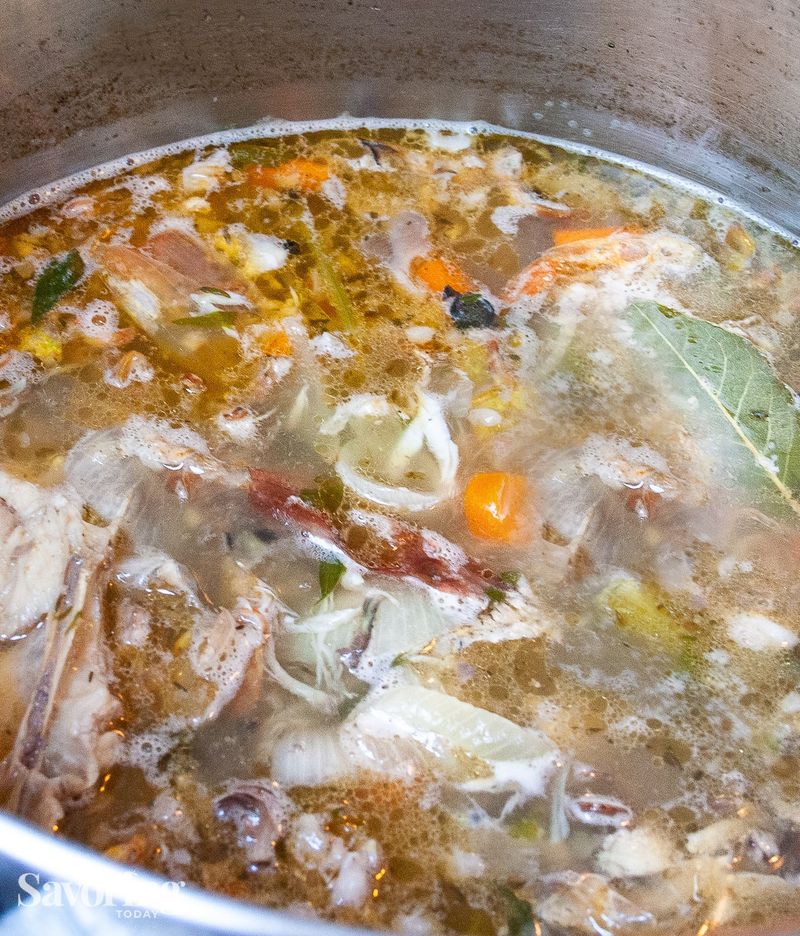
Those shells you’re chucking in the trash? Liquid gold waiting to happen! Shrimp shells make insanely flavorful stocks that elevate risottos, soups, and sauces to restaurant quality.
Simply simmer the discarded bits with aromatics for 20 minutes, strain, and freeze in ice cube trays. You’ve just unlocked a secret weapon most home cooks never discover.
7. Peeling Before Cooking
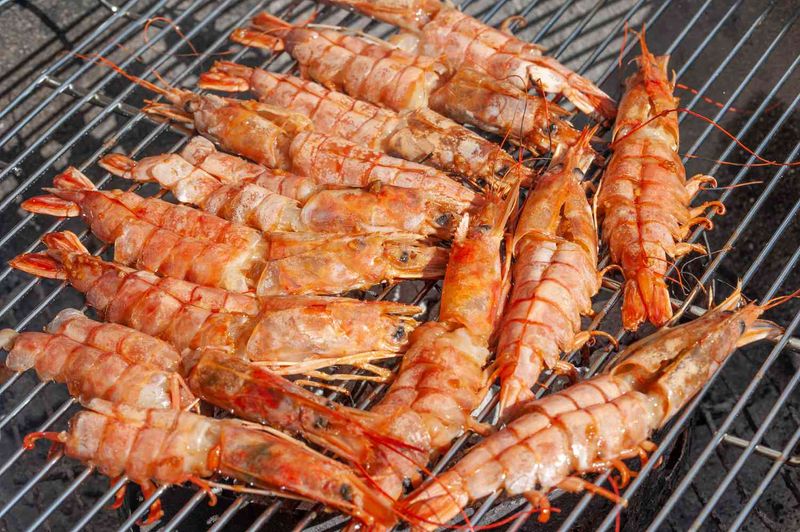
Stripping shrimp naked before cooking is like wearing a swimsuit in a sauna—you’re missing the protective barrier! Shells act as flavor-shields, locking in moisture and preventing overcooking.
For grilling or roasting, leave those natural jackets on. Your reward? Juicier, more flavorful results.
8. Skimping On Seasoning Time
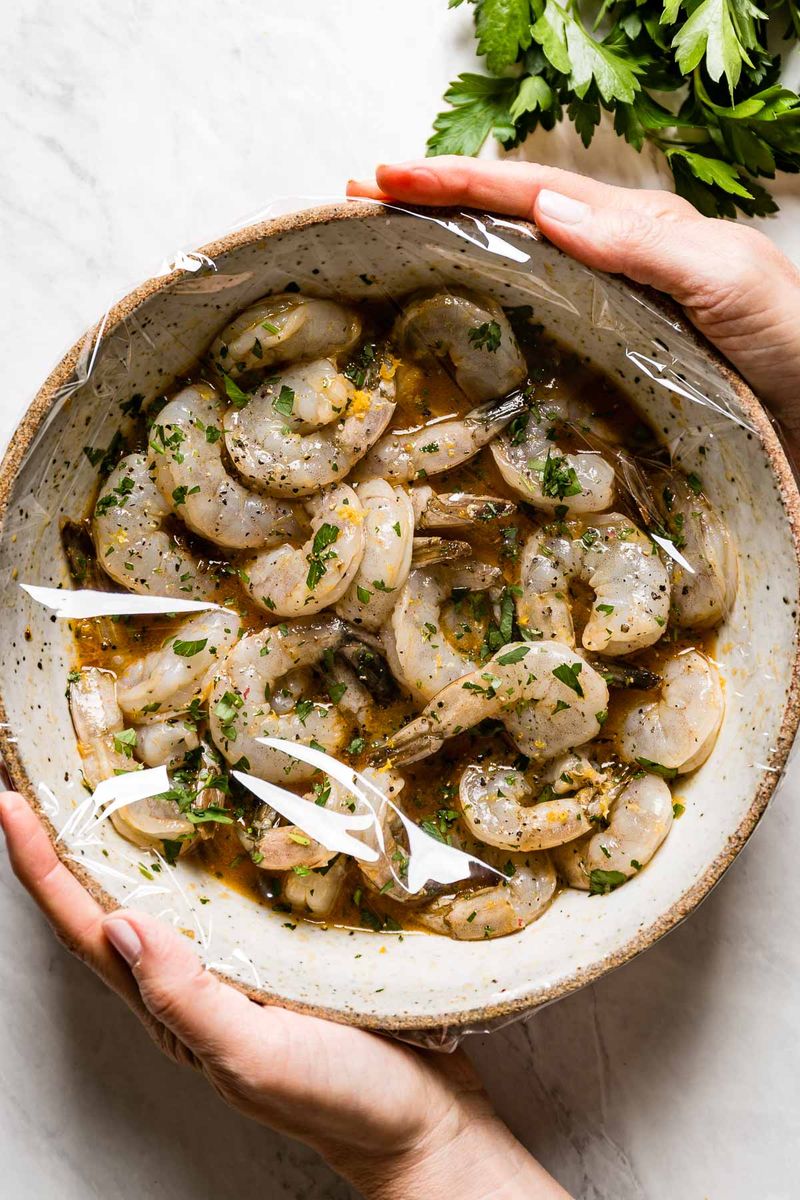
Sprinkling seasoning on shrimp seconds before cooking is like applying sunscreen after a beach day—too little, too late! These sea critters need time to absorb flavors.
Marinate them for at least 30 minutes (but not with acidic ingredients like lemon, which “cooks” them).
9. Crowding The Pan
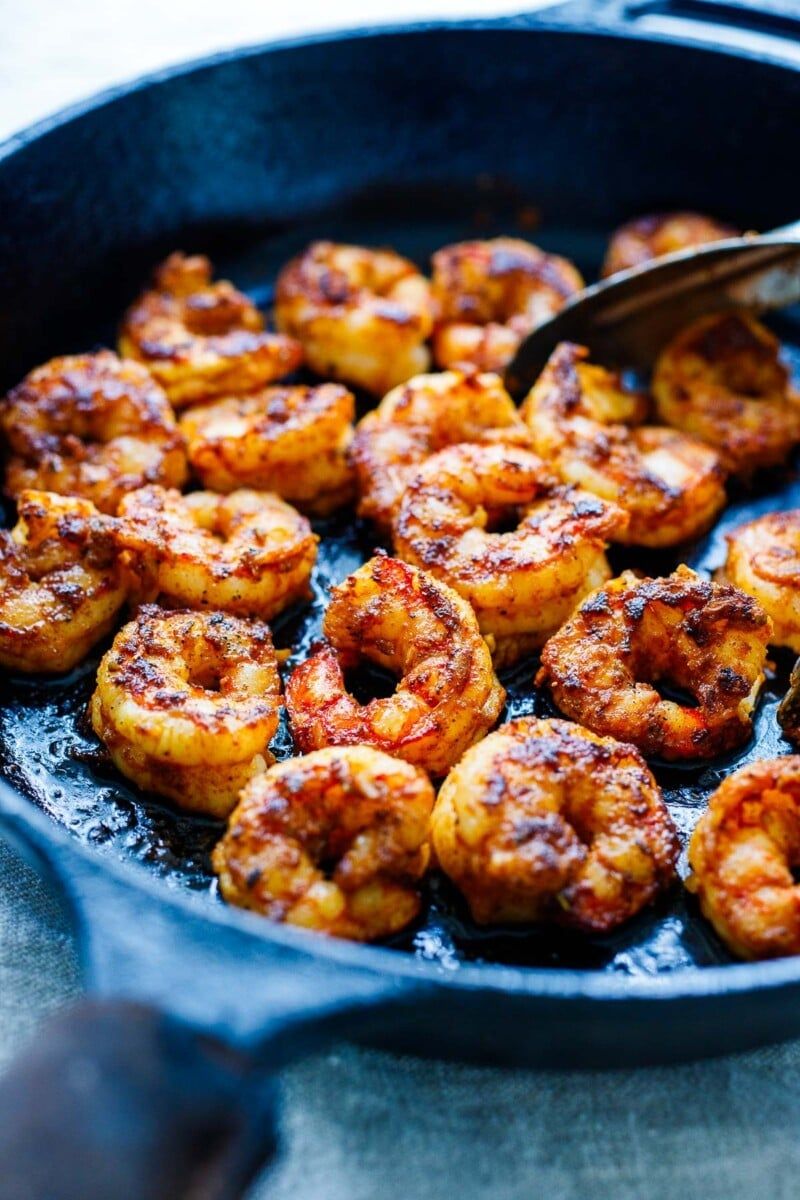
Cramming shrimp into an overcrowded pan is like trying to do yoga in an elevator—nobody’s getting proper space! When shrimp touch during cooking, they steam instead of sear.
The result? Pale, soggy disappointments instead of beautifully caramelized treasures. Cook in batches if needed, giving each shrimp its personal bubble.
10. Buying Imported Tiger Prawns
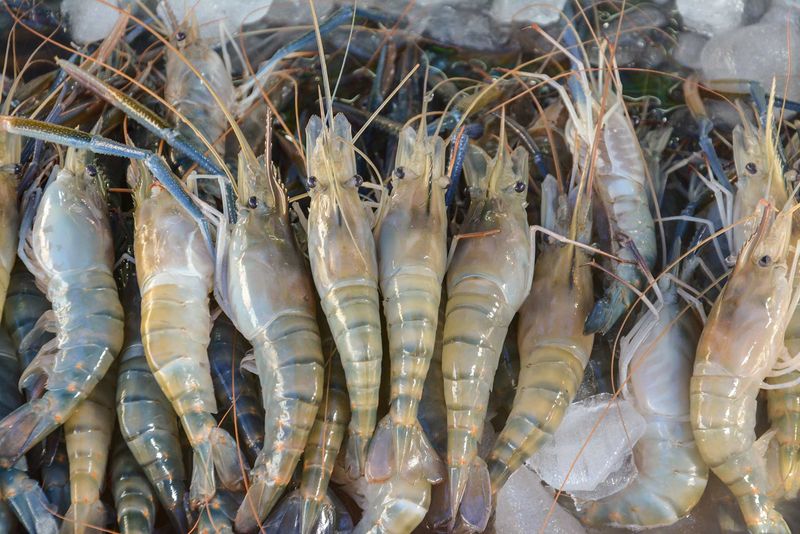
Those jumbo tiger prawns might look impressive, but many imported varieties come with a side of environmental destruction and questionable farming practices.
Some farms destroy essential mangrove ecosystems and use banned antibiotics. Look for sustainably certified options like MSC or BAP labels instead.
11. Cooking Straight From Frozen
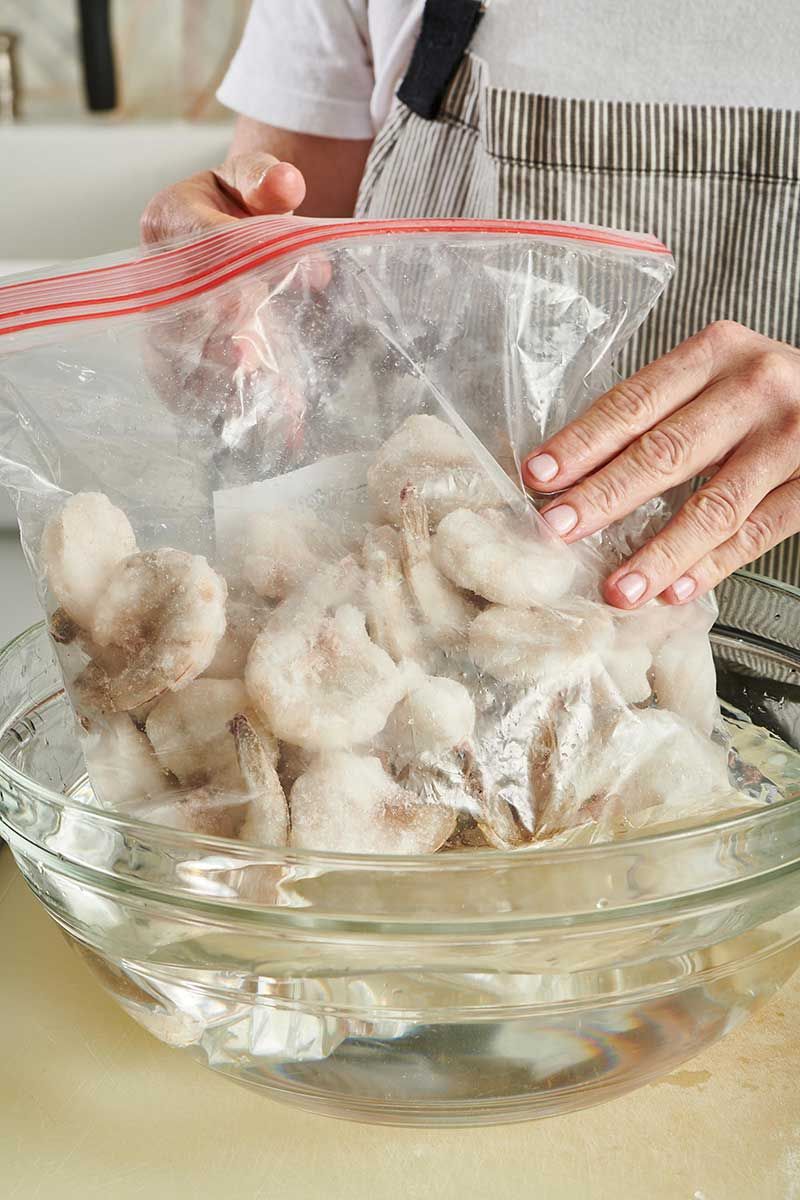
Tossing frozen shrimp directly into your cooking vessel is a recipe for disaster! The outside overcooks while the inside remains colder than your ex’s heart.
Proper thawing takes minimal effort—place them in a colander under cold running water for 5-7 minutes. For planned meals, transfer from freezer to refrigerator the night before.
12. Removing Tails For Every Dish
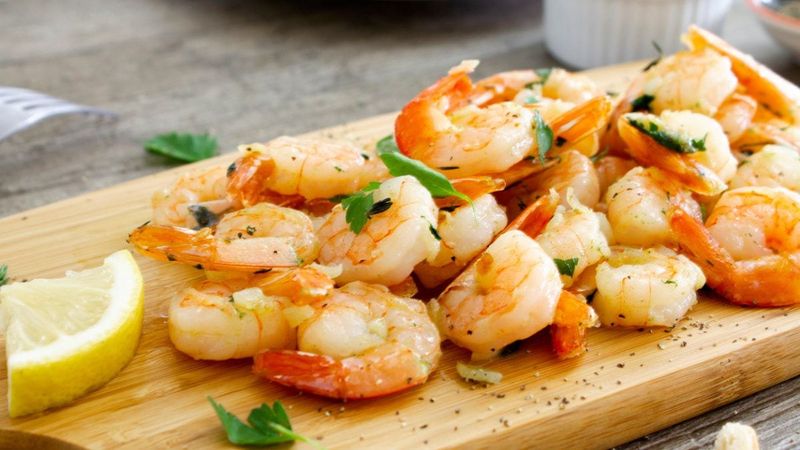
Reflexively yanking off all shrimp tails is like automatically cutting crusts off bread—sometimes you’re tossing flavor gold! Those little flippers contain compounds that enhance taste during cooking.
For soups, stocks, and stir-fries, leave them on.
13. Ignoring Size Specifications
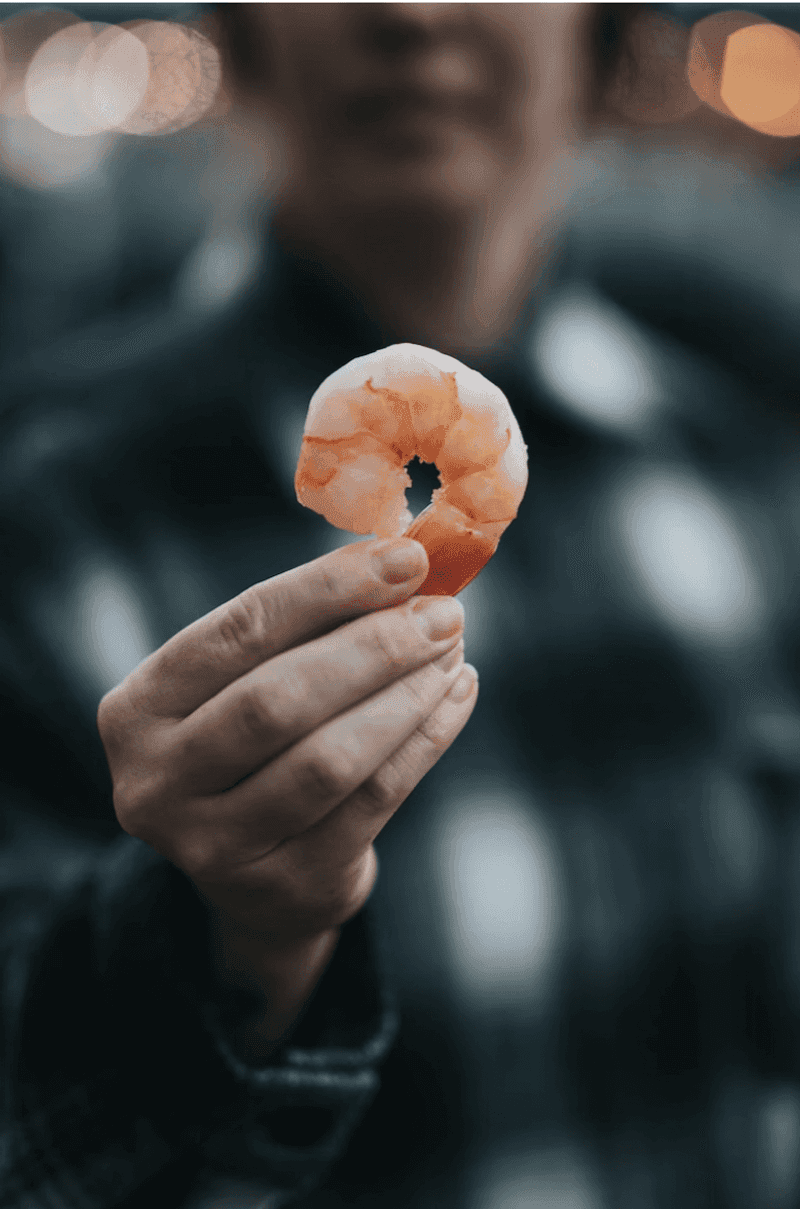
Those mysterious numbers on shrimp packages (16/20, 21/25) aren’t secret codes—they indicate how many shrimp make up one pound!
Lower numbers mean bigger shrimp. Using jumbo shrimp in quick stir-fries leads to overcooked exteriors and raw centers.
14. Overlooking Freshness Indicators

Fresh shrimp shouldn’t smell like a fisherman’s armpit after a long day! Quality shrimp have a mild, sweet ocean scent—anything stronger means they’re past prime.
Look for firm flesh, translucent appearance, and no black spots or yellowing shells. The eyes (if heads are attached) should be glossy black, not dull.
15. Destroying Delicate Texture
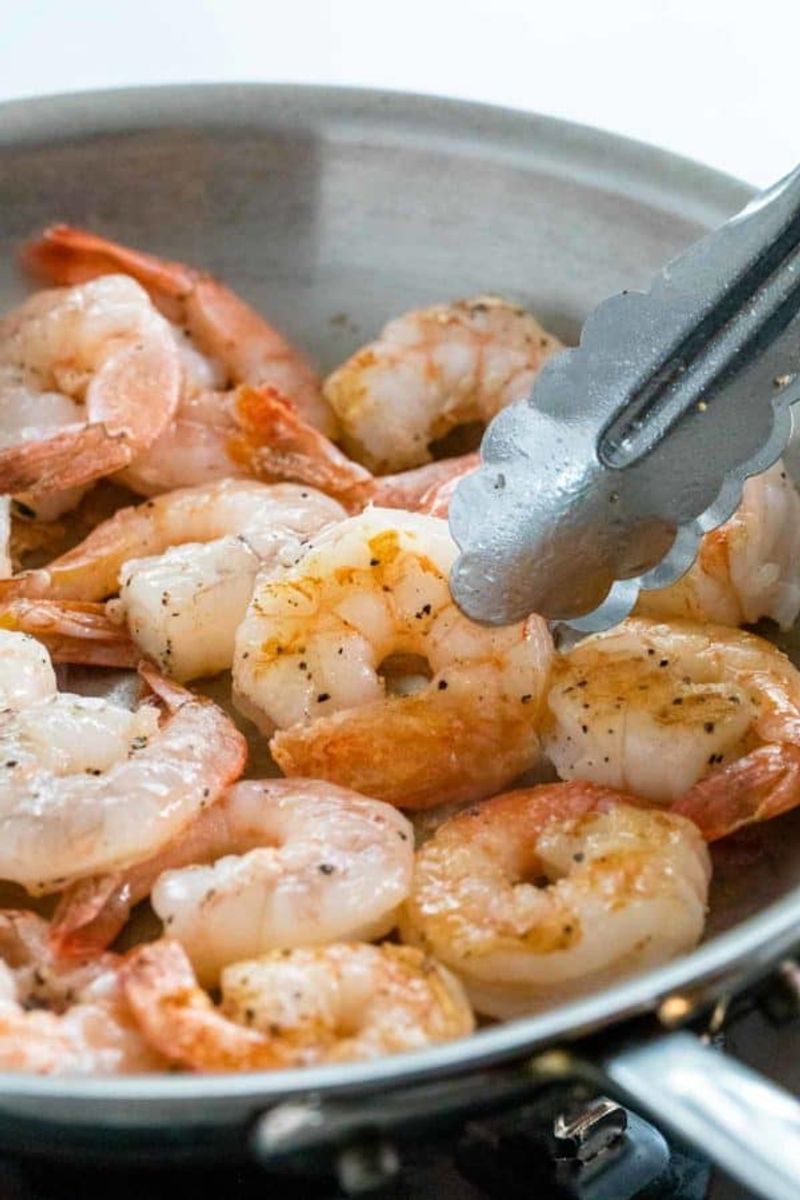
Manhandling shrimp is a textural crime! Aggressive stirring, flipping, or pressing with spatulas ruptures their delicate structure, releasing precious juices and creating tough results.
Treat shrimp like the prima donnas they are—flip them gently just once during cooking. This minimal-contact approach preserves their succulent texture.
16. Underestimating Cleaning Importance
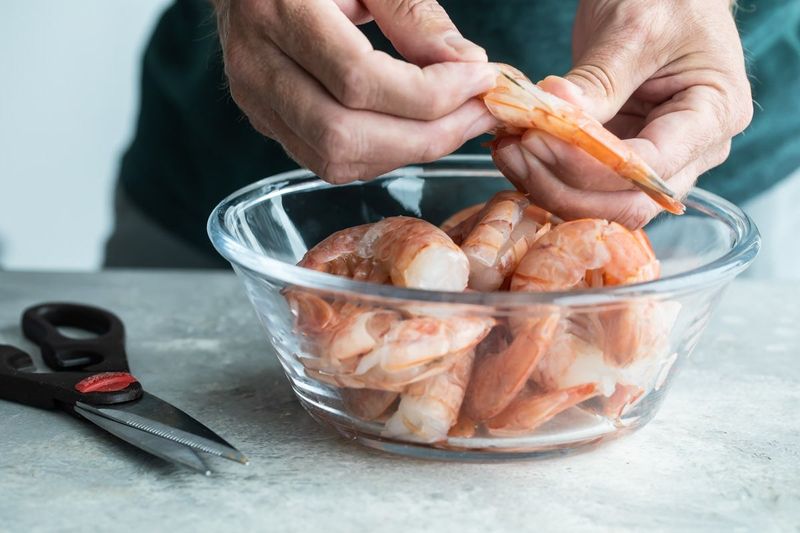
Beyond deveining, shrimp need careful attention to remove sand and digestive tracts. Use kitchen scissors to cut through shells along the back before rinsing under cold water.
This simple step eliminates grit that can ruin an otherwise perfect dish. Your dinner guests will notice the difference.
17. Pairing With Overwhelming Flavors
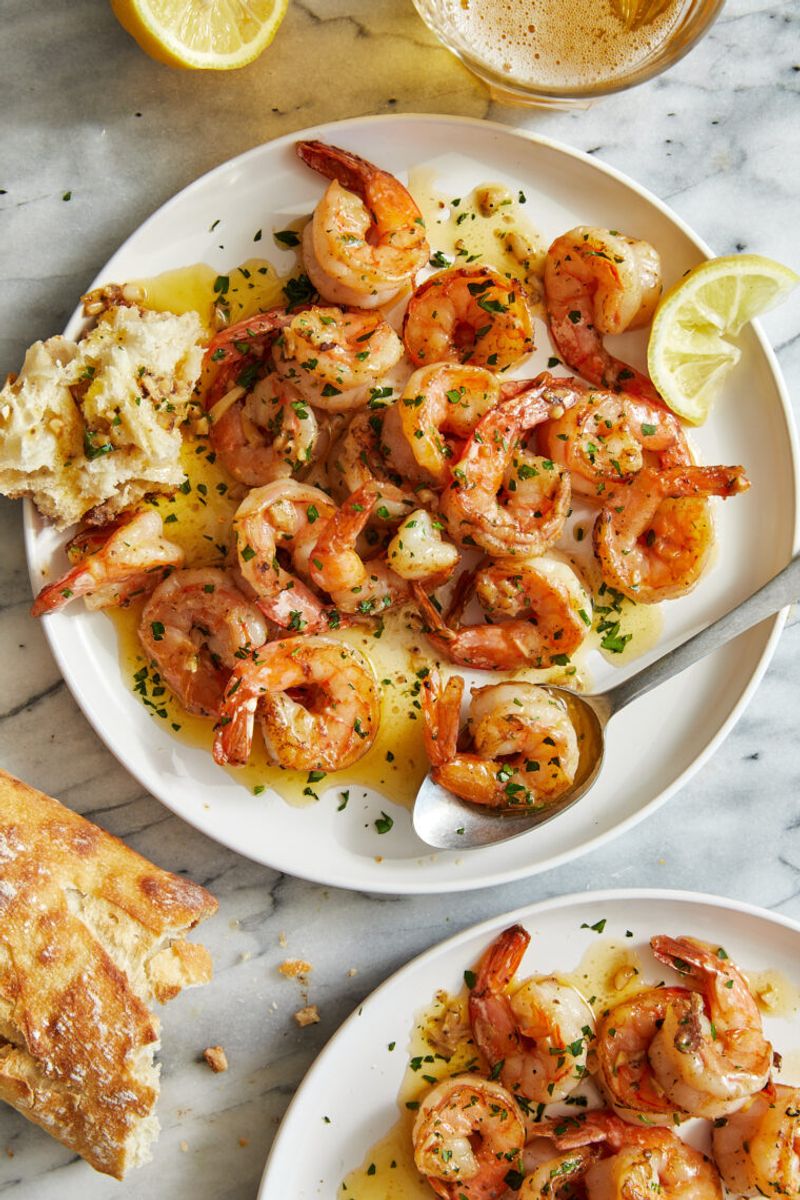
Drowning shrimp in aggressive sauces is like wearing cologne to a wine tasting. You’re missing the main event!
Their naturally sweet, delicate flavor disappears under heavy cream or overpowering spices. Simple preparations often yield the best results—garlic, butter, lemon, herbs.
18. Using Acidic Marinades Too Long

Soaking shrimp in lemon or lime juice for hours isn’t marinating—it’s ceviche! Acids chemically “cook” shrimp, turning them opaque and rubbery before they ever hit heat.
Limit acidic ingredient exposure to 30 minutes max. For longer marinating, use oil-based mixtures with herbs and spices.

